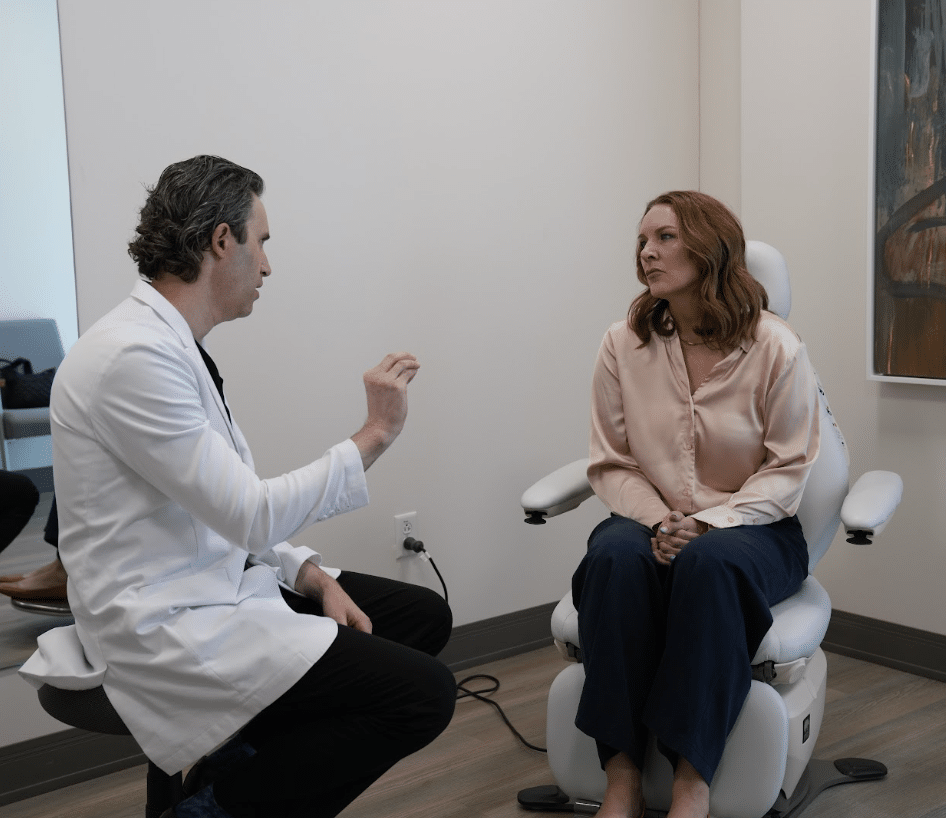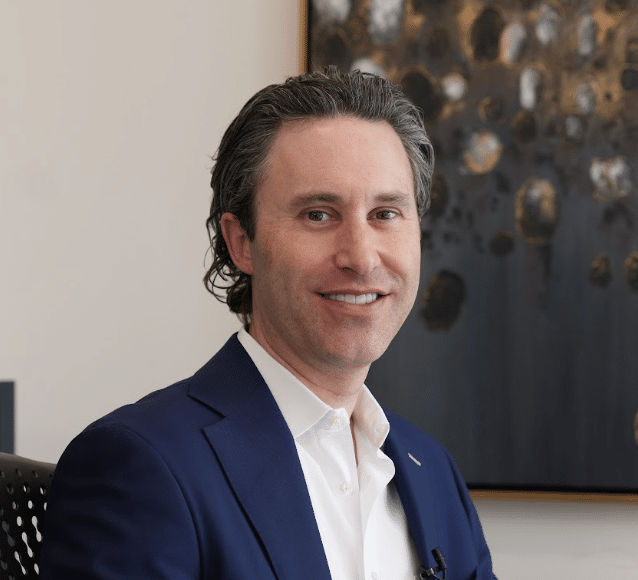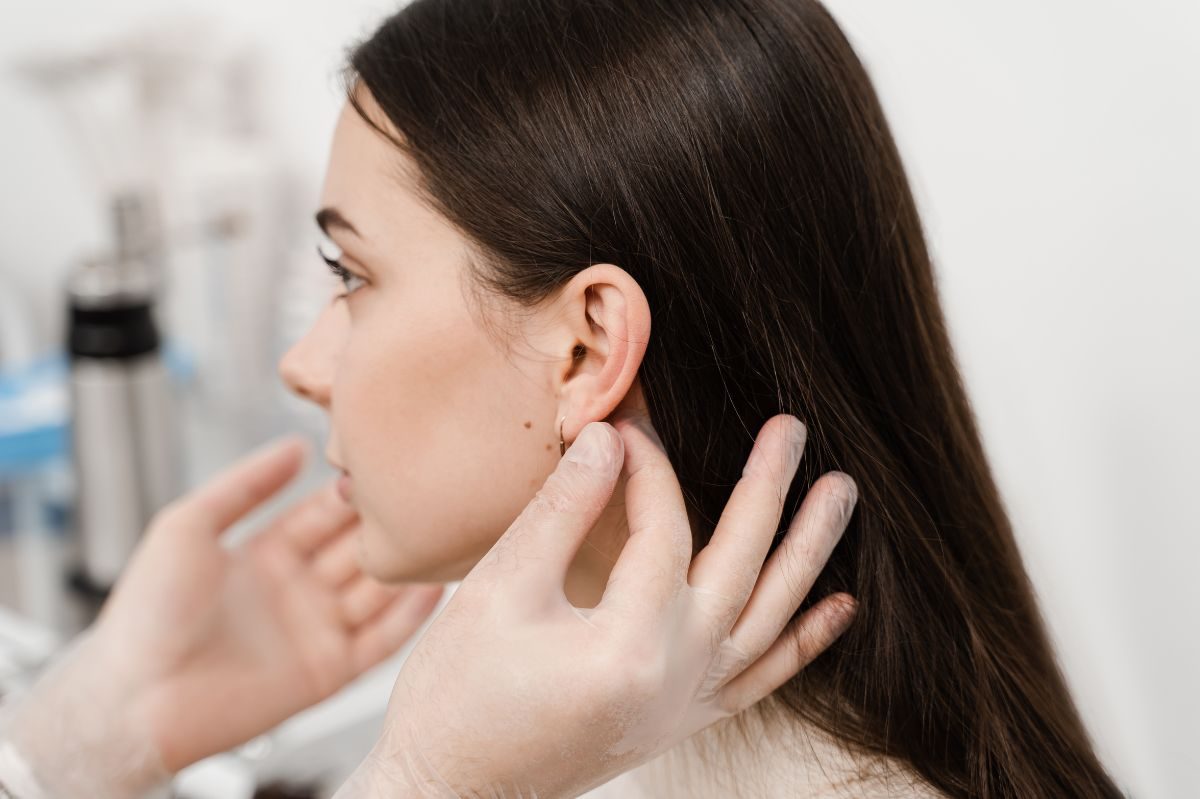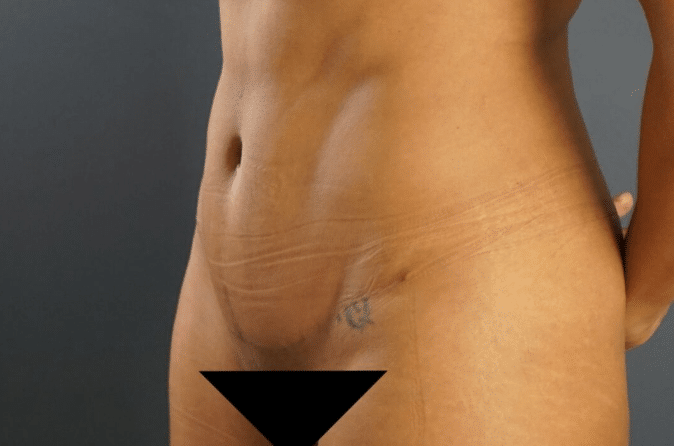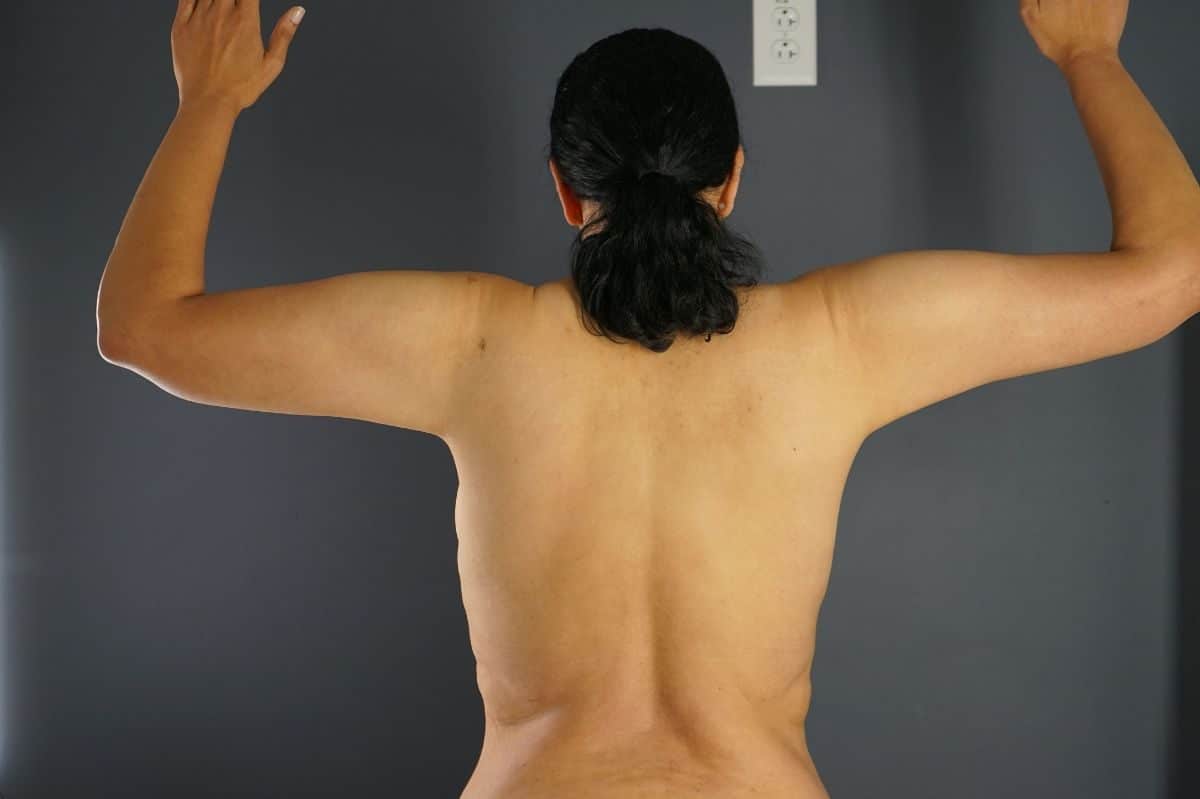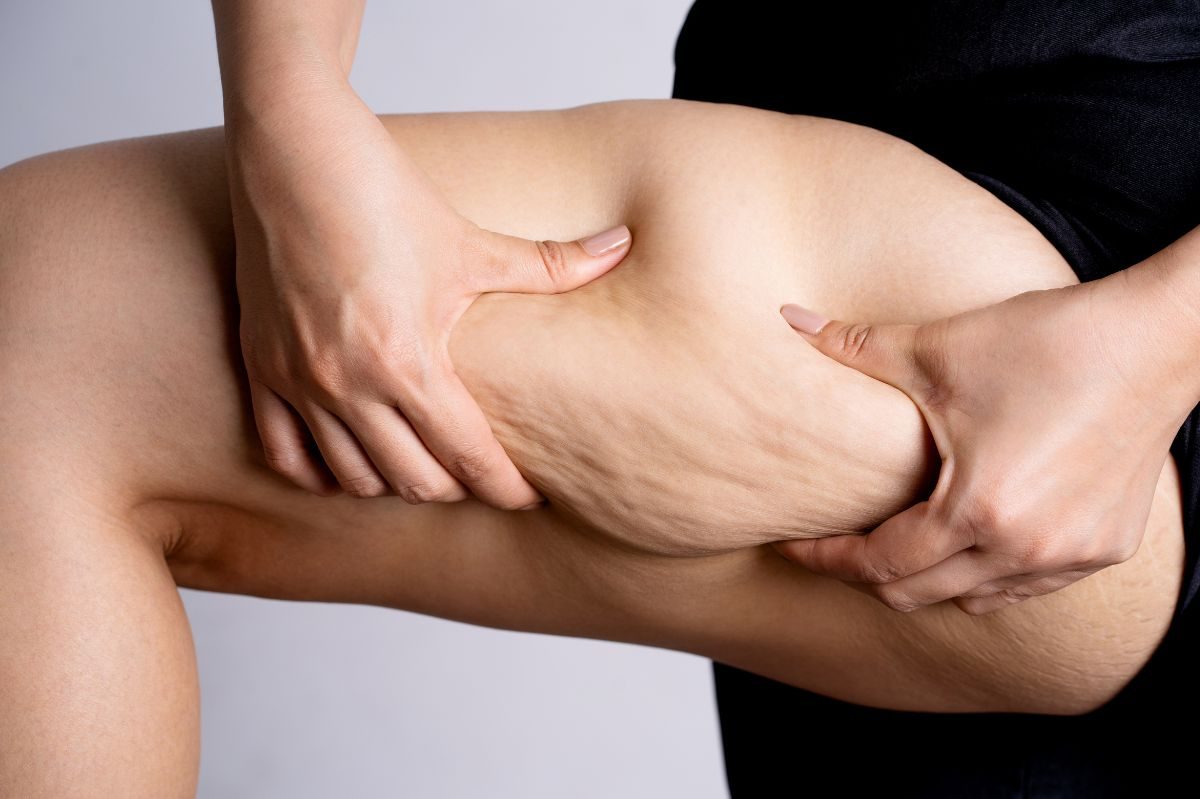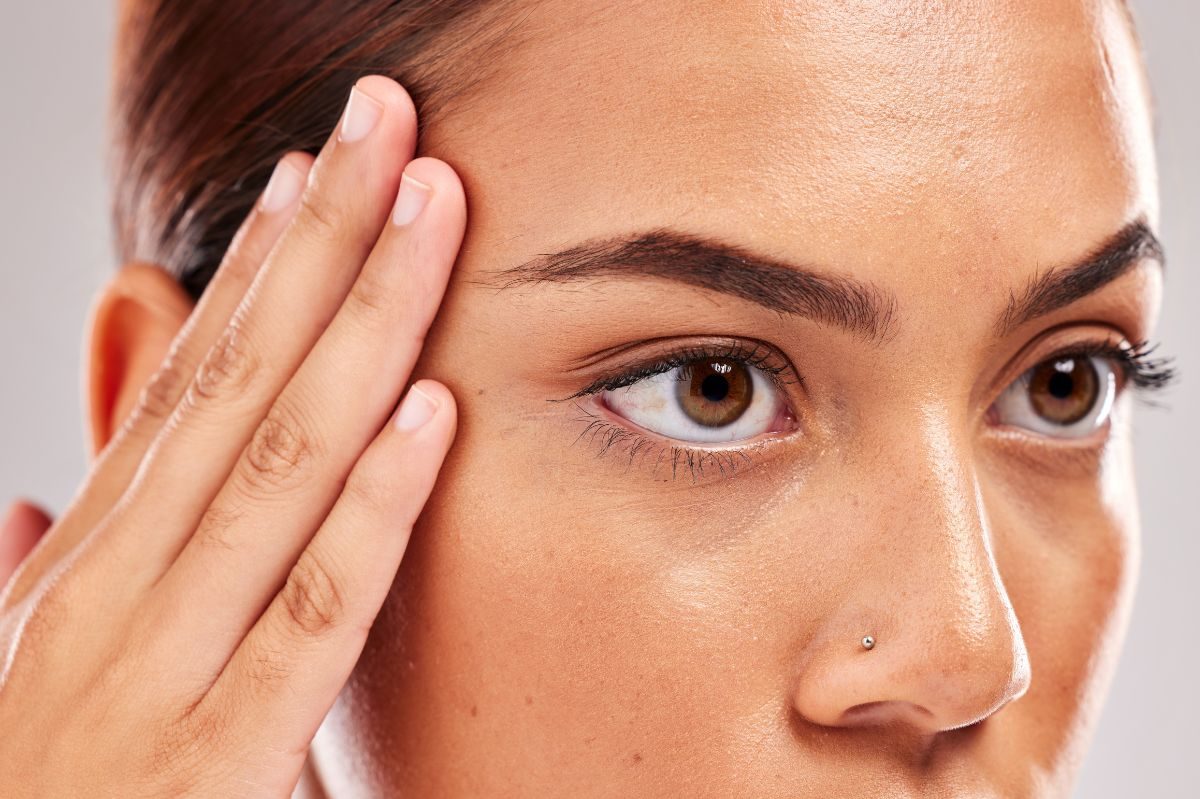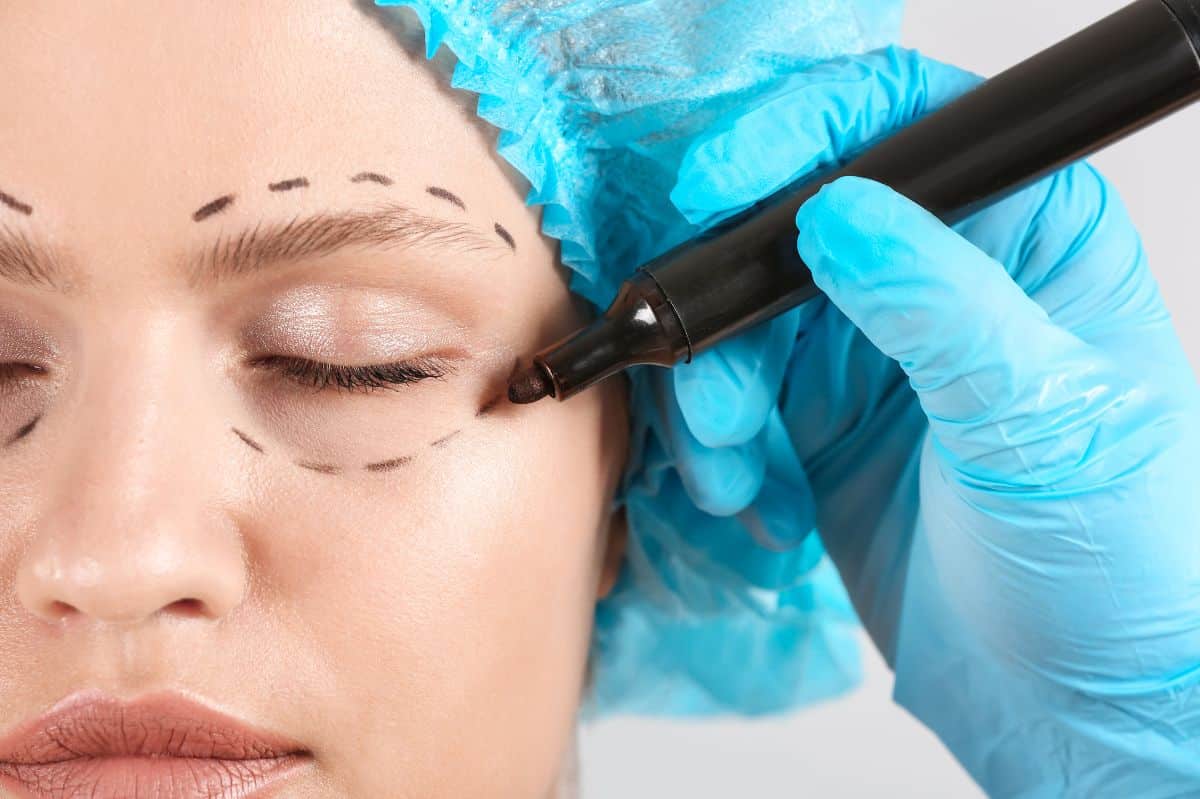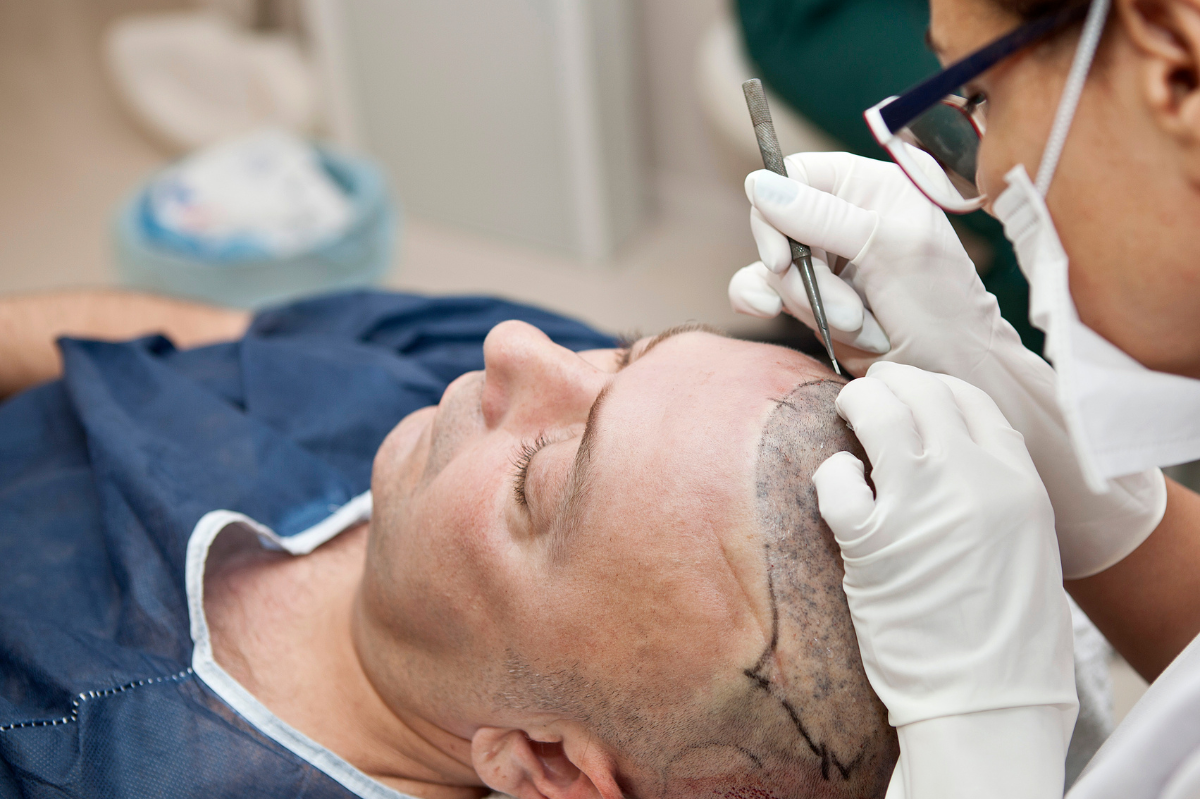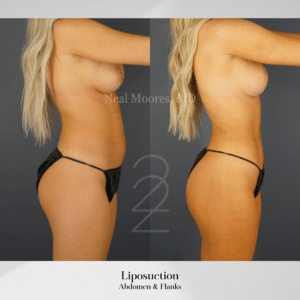Undergoing a tummy tuck (abdominoplasty) is a significant step towards achieving a smoother, more contoured abdomen. This surgical procedure removes excess skin and fat and can tighten underlying abdominal muscles. However, like any surgery, it comes with a recovery period and the potential for certain post-operative occurrences. One such occurrence is the development of a seroma – a collection of clear fluid that can accumulate beneath the skin at the surgical site. While relatively common, understanding how to manage and get rid of a seroma after a tummy tuck is crucial for a comfortable and successful recovery.
This comprehensive article will delve into what a seroma is, why it forms after a tummy tuck, how to identify it, what constitutes a large seroma, and most importantly, effective tips and strategies for managing and resolving seromas to ensure a smooth and timely recovery.
Understanding Seroma After Tummy Tuck
A seroma is a pocket of sterile fluid that can develop beneath the skin following surgery. After a tummy tuck, the surgical disruption of tissues and blood vessels can lead to the leakage of fluid, which the body naturally produces during the healing process. This fluid can accumulate in the space where tissue has been removed, creating a noticeable swelling or lump. It’s important to understand that this fluid is not pus (which indicates an infection) but rather a clear or straw-colored serous fluid.
Why Do Seromas Form After a Tummy Tuck?
Several factors can contribute to the formation of a seroma after a tummy tuck:
- Surgical Disruption: The very nature of the surgery, involving the separation and manipulation of skin and fat layers, disrupts lymphatic and blood vessels. This disruption can lead to fluid leakage into the surgical site.
- Dead Space: The removal of tissue creates “dead space” beneath the skin where fluid can accumulate if not properly managed.
- Movement and Friction: Excessive movement or friction at the surgical site can irritate the tissues and increase fluid production.
- Inadequate Drainage: While surgeons often place temporary drains to help remove excess fluid, these drains may not always prevent seroma formation entirely, or a seroma may develop after the drains are removed.
- Individual Healing Response: Each individual’s body heals differently, and some people are simply more prone to developing seromas than others.
Recognizing the Signs of Seroma After Tummy Tuck
Being able to recognize the signs of a seroma is the first step in managing it effectively. Common signs include:
- Swelling or a Lump: The most noticeable sign is a new area of swelling or a fluid-filled lump beneath the skin near the incision site. This swelling may feel soft and movable.
- Pain or Tenderness: While some post-operative discomfort is expected, a seroma can cause localized pain or tenderness in the area of swelling.
- Increased Drainage (if drains are removed): If you notice a sudden increase in clear or straw-colored fluid leaking from your incision sites after your drains have been removed, it could indicate a seroma.
- A Feeling of Fullness or Pressure: The accumulated fluid can create a sensation of fullness or pressure in the lower abdomen.
It’s crucial to differentiate a seroma from signs of infection, which may include redness, warmth, increased pain, foul-smelling drainage, and fever. If you experience any of these signs, contact your surgeon immediately.
What is Considered a Large Seroma?
The size of a seroma can vary significantly. What is considered a “large” seroma is subjective and depends on several factors, including the individual’s body size, the extent of the tummy tuck, and the presence of any associated symptoms. Generally, a seroma that causes significant discomfort, noticeable disfigurement, or restricts movement might be considered large. Your surgeon will assess the size and determine the appropriate course of action. Small, asymptomatic seromas may resolve on their own without intervention.
Effective Tips for How to Get Rid of Seroma After Tummy Tuck
Managing a seroma effectively involves a combination of proactive measures and following your surgeon’s specific instructions. Here are some key tips:
- Follow Your Surgeon’s Instructions Meticulously: This is the most crucial step. Your surgeon will provide specific guidelines for post-operative care, including activity restrictions, compression garment use, and drain management. Adhering to these instructions can help minimize the risk of seroma formation and promote proper healing.
- Wear Your Compression Garment Consistently: Compression garments play a vital role in reducing swelling and supporting the tissues as they heal. By applying even pressure, they can help to minimize fluid accumulation and encourage the reabsorption of any fluid that does form. Wear your compression garment as instructed by your surgeon, typically for several weeks.
- Avoid Strenuous Activity and Heavy Lifting: Excessive movement and strain can increase fluid production and hinder the healing process. Follow your surgeon’s guidelines regarding activity restrictions and gradually increase your activity level as advised. Avoid any activities that put pressure on your abdomen.
- Proper Drain Management (if applicable): If you have surgical drains in place, follow your surgeon’s instructions carefully on how to empty and care for them. Accurate monitoring and documentation of drainage output can provide valuable information to your surgeon. Do not remove the drains prematurely without your surgeon’s approval.
- Gentle Massage (as directed by your surgeon): In some cases, once the initial healing phase has passed and with your surgeon’s approval, gentle massage around the seroma area may help to encourage fluid reabsorption. However, it’s crucial to get specific guidance from your surgeon on the technique and timing of any massage. Avoid aggressive massage, which could cause further irritation.
- Needle Aspiration by Your Surgeon: If a seroma is large, painful, or not resolving on its own, your surgeon may need to drain it using a needle and syringe. This procedure, called needle aspiration, is typically performed in the office. Multiple aspirations may be necessary if the seroma recurs.
- Sclerosing Agents (in persistent cases): In rare cases of persistent and recurrent seromas that do not respond to aspiration, your surgeon may consider injecting a sclerosing agent into the seroma cavity. This substance helps to irritate the lining of the cavity, causing it to seal shut and prevent further fluid accumulation.
- Surgical Drainage (as a last resort): In very rare and severe cases where other methods have failed, surgical drainage may be necessary. This involves making a small incision to drain the seroma and may require the placement of a temporary drain.
Ready for a Smoother Recovery After Your Tummy Tuck?
Dealing with post-operative concerns like seromas can feel overwhelming, but you don’t have to navigate it alone.
What is Considered a Large Seroma and When to Seek Medical Attention
While small, asymptomatic seromas may resolve spontaneously, it’s important to know when to seek medical attention. Contact your surgeon immediately if you experience any of the following:
- A rapidly growing seroma.
- Significant pain or discomfort associated with the seroma.
- Signs of infection, such as redness, warmth, increased pain, foul-smelling drainage, or fever.
- A seroma that interferes with your mobility or daily activities.
Your surgeon will be able to assess the seroma and recommend the most appropriate course of treatment.
Seroma Swelling After Tummy Tuck: Understanding the Timeline
Seroma swelling can appear at different times after a tummy tuck. It may become noticeable within the first week or two after surgery, or it can develop later, even after drains have been removed. The duration of seroma swelling also varies. Small seromas may resolve within a few weeks as the body reabsorbs the fluid. Larger or more persistent seromas may take longer to resolve and may require intervention by your surgeon. Patience is key, but it’s also important to stay in close communication with your surgical team.
Conclusion: Proactive Management for a Smooth Recovery
Dealing with a seroma after a tummy tuck can be a temporary setback in your recovery journey. However, by understanding what a seroma is, recognizing its signs, and following your surgeon’s instructions diligently, you can effectively manage and get rid of it. Consistent use of compression garments, avoiding strenuous activity, and prompt communication with your surgical team are crucial for a smooth and successful recovery. Remember that your surgeon is your best resource for personalized advice and treatment.
At 22 Plastic Surgery, we are committed to providing comprehensive care and support throughout your tummy tuck journey, including detailed post-operative instructions to minimize the risk of complications like seromas. Our experienced and board-certified surgeon will guide you through every step of the recovery process. If you are considering a tummy tuck and are located in Salt Lake City, we encourage you to schedule a consultation.



